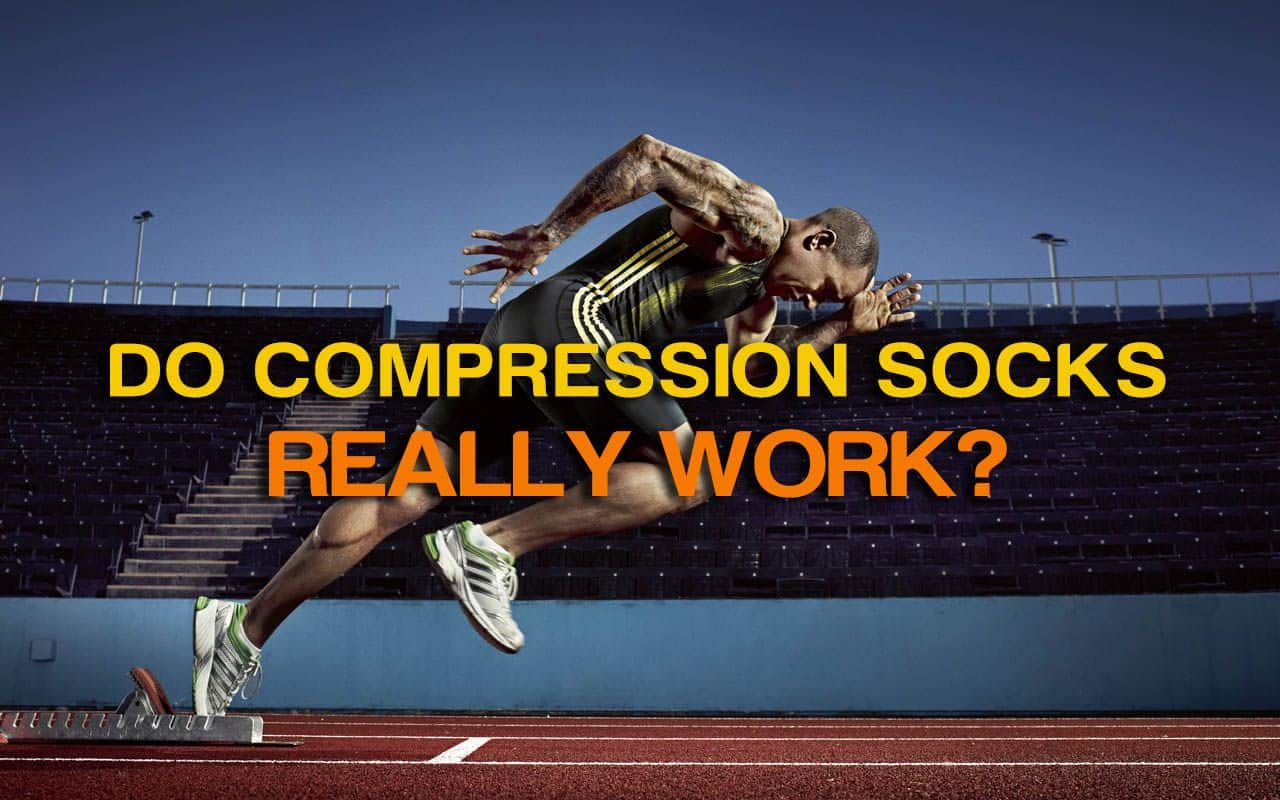
Physical fitness has long been a significant part of human life, even pop culture. Think back to the 80’s and all the aerobic exercises and heavy bench pressing that caught on like wildfire, inspiring everything from music videos to fashion trends (all on top of the actual working out, of course). The 1990’s saw the resurgence of the popularity of jogging and rock climbing, while the 2000’s and 2010’s saw a climb in the popularity of yoga as well as the rise of things like Zumba and Crossfit. All things considered, we’ve come to embrace the idea of a healthy lifestyle alongside the old idea of trendy physical fitness.
Interestingly enough, along with the evolution of our embrace of physical fitness and such has come the evolution of other trends that accompany it. For instance, currently popular is the concept of compression gear. While long known in the medical field as a good option for doctors to recommend, compression gear has only recently broken into popular consciousness to the level of various sports brands coming up with offerings along those lines. And why wouldn’t they, when the market is strong? Indeed, sports enthusiasts are eagerly seeking out compression attire like compression sleeves and compression socks.
Compression garments gained popularity mainly because of what the name suggests: compression. The super-snug fit of a compression garment tightly binds the muscles together underneath it. This tight fit is far from uncomfortable, however, and there are actually a few types of compression garments arranged according to how intense the pressure in question is. There are varieties ranging from light to strong pressure, and the length of the garment (such as a compression stocking or sock) can also vary, for instance from knee-length to above the thigh, so you can cover the needed area.
Mainly, compression garments encourage proper circulation; if that doesn’t sound like a significant enough benefit, you may forget that good circulation in the limbs is actually more important than one may realize. The squeezing sensation that the compression garments consistently generates improves the blood flow in the muscles, allowing freshly-oxygenated blood to continue to flow through the circulatory system in the area. This helps reduce the inflammation that may occur in the area, whether in terms of joint or even leg swelling, and in some cases can help prevent blood clots. Blood clots are particularly notable risks for those coming back from surgery or injury, and can develop while one is less active. Other less worrisome issues that are combated by compression socks and other legwear can include varicose veins or spider veins, which may prompt your doctor to recommend this sort of gear.
Buying compression socks is fairly straightforward. Your doctor may prescribe them, and you may then follow up by finding out if your insurance plan covers them (ask about the durable medical benefit). With a prescription from the doctor, you can then get measured for a pair from a medical equipment store. Alternatively, there are quite a few brands that offer their own type, which may be commercially available. It’s always best to go with the one your doctor recommends, though.
Putting on the compression socks can be a bit difficult, given that they won’t slip on easily like looser-fitting socks. Your regular dress socks may be snug on your feet, but these are designed to compress rather than slide on, so expect them to require a bit more of a pull. If you put lotion on your legs as part of a routine, let it dry before putting on the compression socks; alternatively, you may try placing some baby powder or cornstarch on your legs to help the compression socks slide on more smoothly. It’s generally a good idea to put the socks on in the morning since your legs are coming fresh from a night’s rest of not being in use, and will as such have the least amount of swelling compared to the rest of the day.
Holding the top of the stocking, start by rolling the sock down to the heel, and then put your foot in the stocking part as far as it will go. Securing your heel in the stocking’s heel, your entire foot should already snugly be in the foot part of the sock. You may need a tool called a stocking donner, which you can get from footwear stores, to help you slide the stocking over the shape of your foot. From here, unroll the rest of the sock over your leg. Once it’s on your leg, smooth out any wrinkles so it conforms neatly to the contours of your leg. Make sure not to let the stocking bunch up or wrinkle, as this will keep it from compressing around your leg properly and thus defeat the purpose of wearing the garment in the first place.
Typically, you will be told to wear these compression socks all day in order for the benefit to be consistently felt, which is another reason to put them on early in the day. Check every now and then to feel that the compression sock is strong around your leg and still exerting the proper force. Your doctor will typically recommend that you not simply stop wearing them regularly without the doctor’s instructions, but if the compression sock feels too uncomfortable, you should inform your doctor and ask if there are any alternatives.
For more information on our Copper Infused Compression Socks, Click Here!